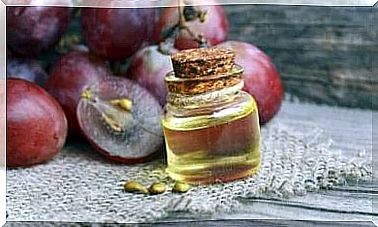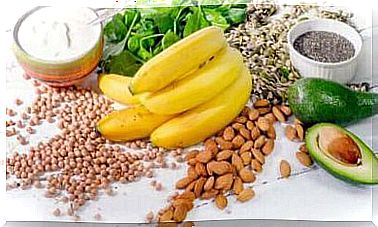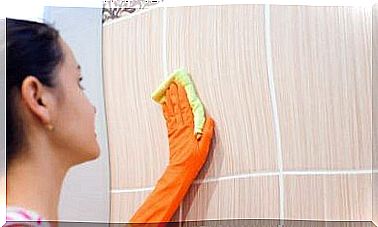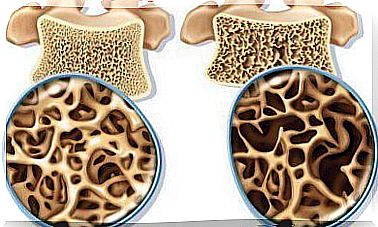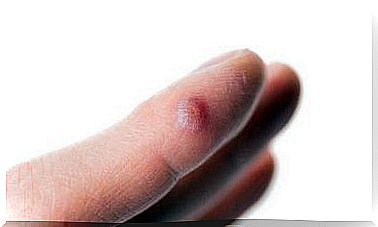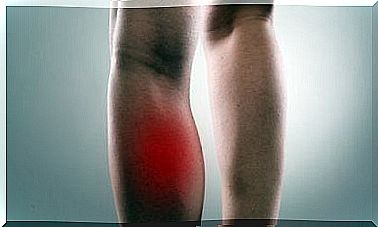How To Treat Burns In Children
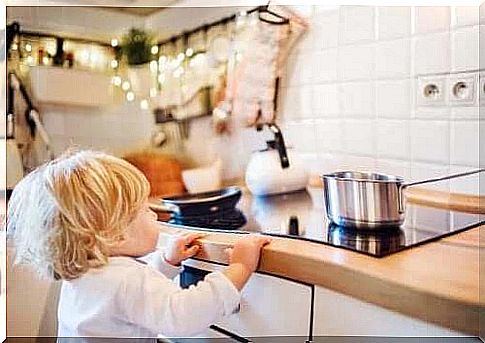
We’ve all had a burn for sure sometime. However, you may be wondering how to treat children’s burns. In addition to having a first aid kit at home, there are some other things and measures to consider. In this article, we give some basic tips on how to treat burns in children.
Burns
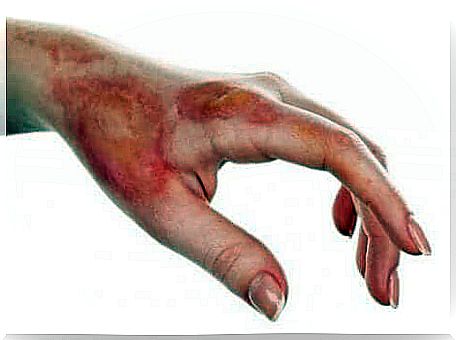
Burns are the most common accidents at home. The groups most affected by such accidents are housewives over the age of 45, people over the age of 65 and children under the age of five.
For this reason, it is important to know how to treat burns in children.
Various burns
First, a distinction must be made between different types of burns. Depending on their size, they should be treated differently.
First degree burns
These burns involve only the epidermis, the outermost part of the skin. The skin starts to turn red, but no blisters appear on it. The most typical example is sunburn.
Secondary burns
These burns affect the epidermis and dermis. In addition to reddening of the skin, blisters also appear. A classic example of secondary burns is the pouring of hot water on the skin.
Third degree burns
These are, of course, the most dangerous burns. Such burns affect all layers of the skin – in fact, they can even affect muscles, nerves and bones. Tertiary burns, of course, require immediate medical attention.
How to treat burns in children

Burns in children require medical attention when they are extensive – that is, when they cover 5% of the child’s body. Regardless of the extent, the child should be taken to a doctor whenever there is a second or third degree burn.
However, due to location and other factors, some burns always require a doctor’s assessment, regardless of their degree:
- Burns to the face, palms and feet
- Burns covering the joints
- If the child was in contact with high voltage
- If a child breathes gases

Some of the following tips seem obvious, but others you may not have been aware of. In any case, they are very useful, and this protocol guarantees the best treatment for burns in children.
- First, remove the child from the source of the burn.
- Only remove clothing or accessories if they are not stuck to the skin. If they are stuck to the skin, leave them in place as you may cause more damage by removing them.
- To cool the burn, place the burned area under running water for a few minutes. The water should be at normal temperature, not cold. Another option is to float gauze pads in water or saline and put them on top of the burn.
- Thoroughly clean the area with soap and water.
- Depending on the degree of burn, the child may need to be taken to a doctor. In case of sunburn, you can apply a moisturizer for a few days. However, deeper burns may require medical attention. In these cases, your doctor may even prescribe an antibiotic ointment.
How to treat burns in children: what not to do

- Do not put ice or ice water directly on the burn, as this may cause even more damage.
- If there is a blister in the burn, it should not be punctured. Just let the blister be, otherwise you may get an infection.
- Do not give antibiotics to children without a doctor’s prescription (for example, antibiotics left over from your own regimen). They are not specifically even intended for burns.
- Do not apply talcum powder, butter or toothpaste to the burn. Contrary to popular belief, the use of these products can make the situation worse.
In all cases, remember that your child’s skin is sensitive. Even if it is only a first-degree burn, but the pain is severe or persistent, do not hesitate to consult a pediatrician to rule out larger problems.
Never forget the importance of prevention. While it is impossible to predict all home accidents, remember that you can at least maintain certain safety measures to minimize the risk.

